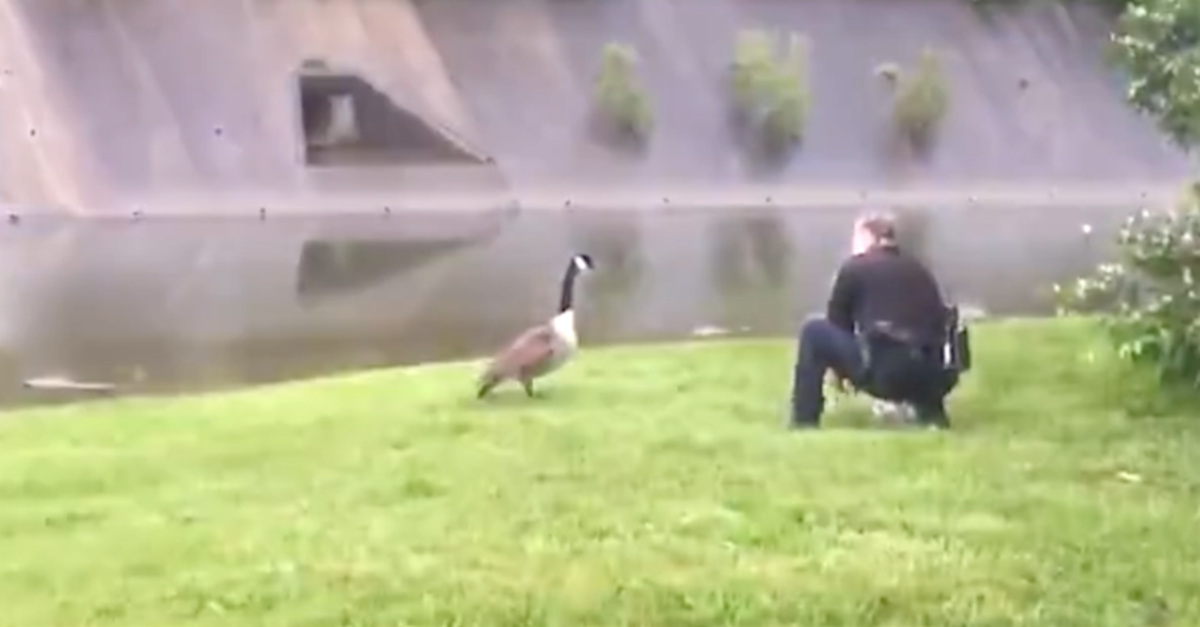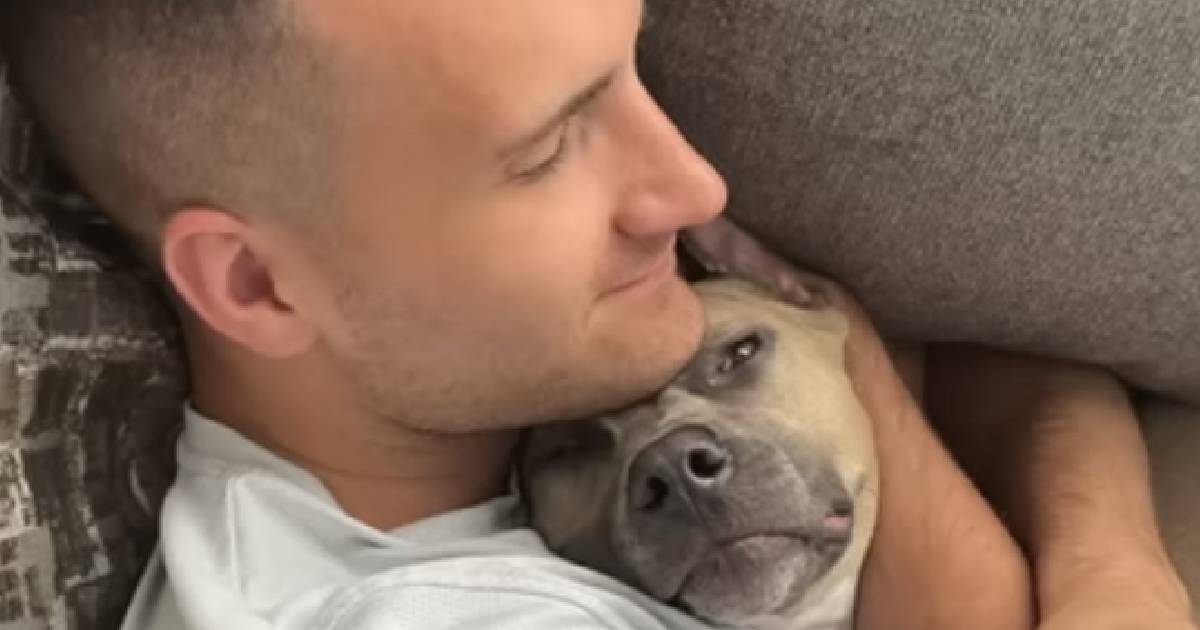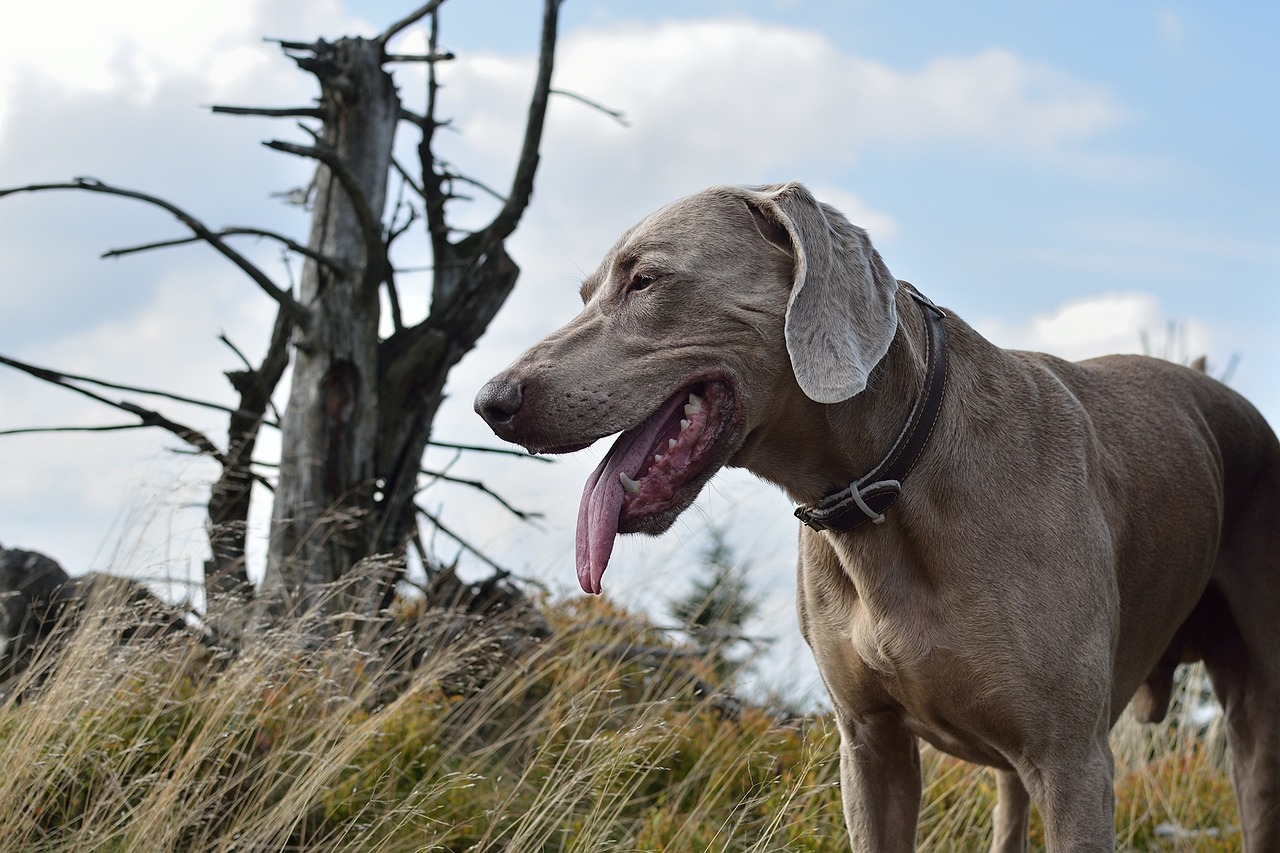No one expects it. One minute you’re walking through your neighborhood or letting your child play outside, and the next, a loose dog lunges, growls, or worse, bites. It’s frightening, disorienting, and leaves you with more than just physical wounds. But once the immediate fear settles, there’s one step that often gets overlooked—and it’s one of the most important things you can do: report the incident to animal control.
Animal attacks are not just isolated events. They’re public safety issues. Whether the injury seems minor or severe, it is important to call animal control and document everything.
Why Reporting Matters—Even for “Minor” Incidents
Many people hesitate to report animal attacks if they weren’t seriously injured. Maybe the dog just “nipped” at them. Maybe it didn’t break the skin. Or maybe they feel bad for the animal or its owner. But this thinking misses the bigger picture.
Animal control officers don’t just show up to punish pet owners. They’re trained to evaluate the situation, determine whether an animal is a repeat offender, and decide what precautions need to be put in place to prevent a more serious attack.
Today’s “near miss” could be tomorrow’s emergency room visit for someone else. Reporting ensures that authorities have a recorded history of the animal’s behavior. If similar reports come in, they’ll have the context needed to take action.
Legal Protection and Documentation
If you ever need to file an insurance claim or pursue legal action, an official report filed with animal control becomes a key piece of evidence. Without that documentation, it becomes your word against someone else’s, and that can complicate everything from getting your medical bills covered to proving liability.
Even if you’re not sure you want to take legal action, having the incident on file gives you options. If the situation escalates or the animal attacks again, your report could be the turning point that prevents someone else from being harmed.
Protecting Vulnerable Populations
Children, the elderly, and people with disabilities are especially vulnerable to animal attacks. A dog that a healthy adult might be able to fend off could seriously injure someone less mobile or unaware of the danger. Reporting incidents ensures that at-risk individuals in your neighborhood are not unknowingly exposed to a threat.
You’re not just speaking up for yourself—you’re speaking up for your neighbors, your kids, and anyone who may not have the ability to do it themselves.
It’s Often Legally Required
In many jurisdictions, reporting animal attacks isn’t just a good idea—it’s required by law. Failing to report can lead to complications down the line, especially if the animal isn’t vaccinated against rabies or if the owner fails to take responsibility.
Reporting helps ensure:
- Quarantine and rabies protocols are followed
- Investigation of negligent pet ownership
- Accurate data on local bite and attack patterns
- Public health responses when necessary
What Happens After You File a Report?
Once you’ve contacted animal control, an officer will likely follow up by:
- Interviewing you to get the details of what happened
- Contacting the animal’s owner, if known
- Evaluating the animal’s history to see if there have been other incidents
- Determining next steps, which may include issuing citations, requiring the owner to take safety precautions, or, in severe cases, removing the animal
The process isn’t designed to be punitive—it’s about accountability and safety. Responsible pet owners will understand the importance of correcting the behavior, and those who don’t? They’re exactly the reason the system exists.
How to Make a Strong Report
When contacting animal control, try to include
- Exact time and location of the incident
- Description of the animal (breed, size, color, collar, tags)
- Behavior details (was the animal aggressive, unleashed, etc.)
- Your injuries, even if minor
- Photos, if safe to capture them
- Names or contact info of any witnesses
The more thorough your report, the more effective animal control can be in addressing the situation.
Final Thoughts
Animal attacks can leave lasting scars—physically, emotionally, and psychologically. However, one of the most powerful steps you can take in the aftermath is to report the incident. It creates a record. It triggers safety protocols. And it could be the reason someone else avoids injury or worse.
So even if it feels uncomfortable or unnecessary, make the call. Because protecting your community starts with speaking up. When in doubt, remember: reporting an attack isn’t about overreacting. It’s about responsibility, prevention, and ensuring that the next walk around the block is a little bit safer for everyone.



















 English (US) ·
English (US) ·